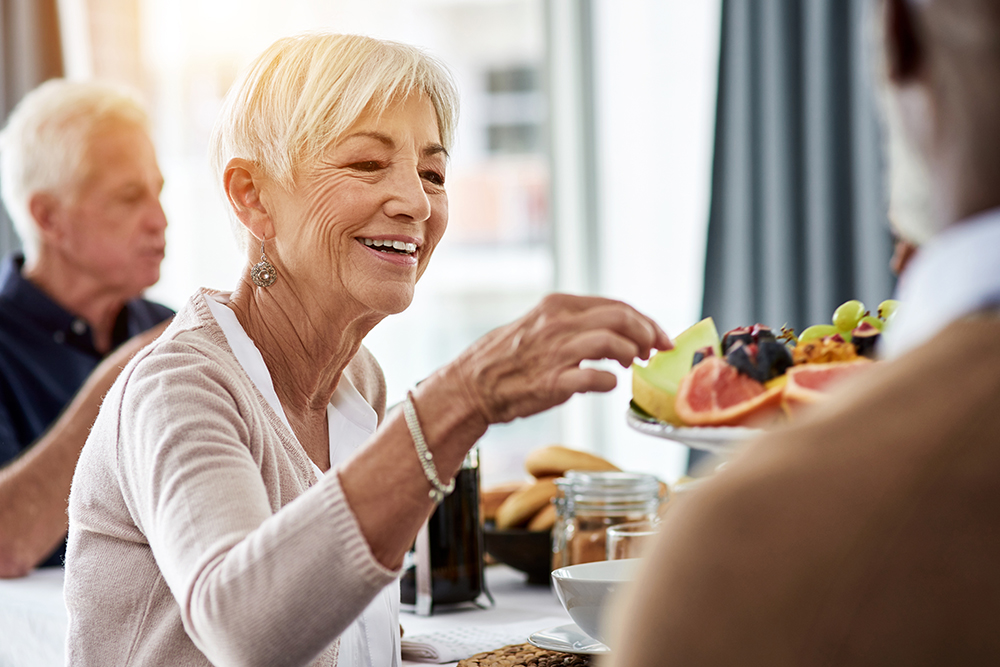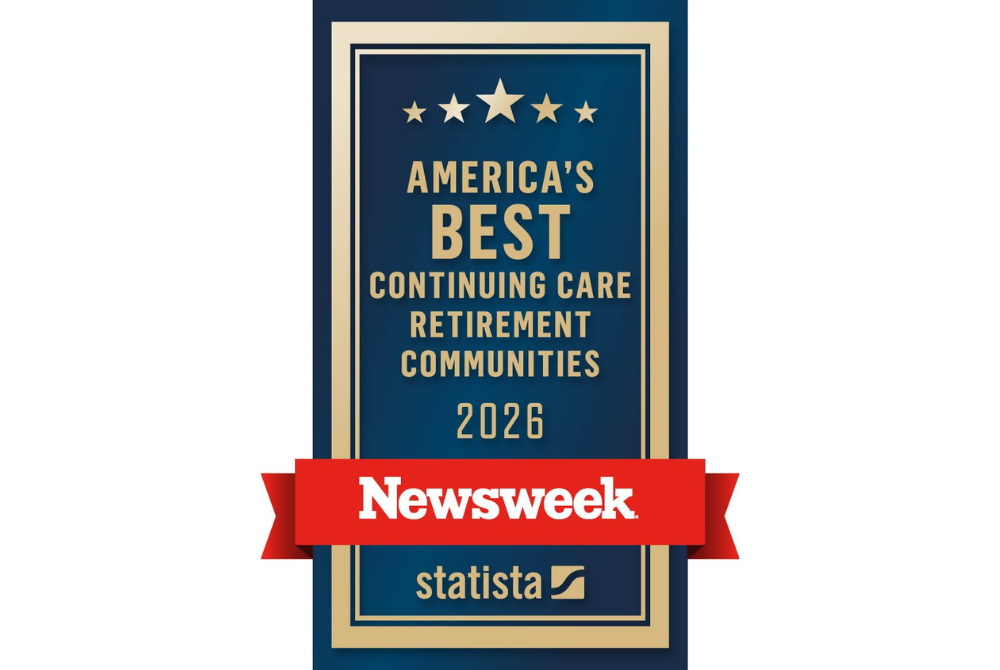Sodium is found in many common foods. It serves multiple bodily functions, such as helping contract and relax muscles, conducting pulses, and balancing fluids. Table salt, which is its most common form, comprises 40% sodium and 60% chloride. Salt is a food binder, stabilizer, and preservative, as most bacteria can’t thrive in high amounts of salt.
While sodium boasts many benefits, too much of this mineral can harm your health. According to the Academy of Nutrition and Dietetics, you only need 1,500 milligrams daily. That’s about one teaspoon of salt. However, a lot of us consume more.
The University of California San Francisco reveals that the average American eats five or more teaspoons of sodium daily. That’s because large amounts of sodium can be found in canned, processed, and fast foods. Consuming a lot of sodium can harm your health and cause several conditions, such as high blood pressure, heart disease, and even calcium loss.
The Drawbacks of Too Much Sodium
What are the benefits of a low sodium diet for seniors? To answer that, let’s start with the drawbacks of too much sodium. Too much sodium can have adverse effects on your kidneys. According to Harvard’s School of Public Health, sodium passes through your bloodstream and accumulates. The body does its best to dilute it, however this increases the amount of fluid around the cells, as well as the volume of blood in the bloodstream.
This process means more work for the heart, putting more pressure on the blood vessels. In return, this effort stiffens the blood vessels, leading to high blood pressure, heart attack, and stroke. Some evidence shows that too much sodium can damage the heart.
It could even lead to osteoporosis. The amount of calcium you lose during urination increases with the amount of salt you eat. If the calcium runs short in the blood, it will take some from the bones. A high-sodium diet, eventually, can lead to the thinning of the bones.
Too much sodium can also cause other deficiencies, such as hypernatremia. This condition happens when you don’t drink enough water. As sodium accumulates in the blood, water from the blood is used to dilute it. The shifting and buildup of body fluids can affect many body parts, including the lungs and the brain. This may lead to difficulty breathing, seizures, nausea, vomiting, or kidney damage.
Eat Flavorfully, Safely
While salt adds enjoyable flavors to your food, nobody wants the consequences of having too much of it. That’s why it is essential to limit sodium intake. There are many benefits of a low-sodium diet for seniors, and here’s how you can make the most of it:
Watch What You Eat
Unsurprisingly, many of your favorite meals may contain large doses of sodium. Among them are burgers, pizzas, sandwiches, tacos, and burritos. Processed meats, including both canned and deli, come with a high sodium content because salt is used to preserve the meat. Salt makes your favorite chips, pretzels, and crackers more flavorful. And even salad dressings and your favorite bread may have a high sodium content.
Reading the item’s Nutrition Facts is a convenient way of knowing whether it suits your dietary needs. Choose foods with less than 120 milligrams of sodium per serving. At best, try to find products that contain the words “salt-free,” “sodium-free, or “low sodium” on the label. Low sodium is commonly defined as 140 milligrams of sodium per serving.
Your favorite fast food or fine dining restaurant may serve high-sodium meals, too. As an option, you can ask the server about low-sodium choices. You can also request that your serving contains little to no salt.
Since you can’t see how much salt goes into your food, making your meals yourself at home is safer.
Home-cooked Meals Are the Best Meals
The food you make will most likely be lower in sodium compared to the ones you buy from the outside. If you are used to eating out, schedule one meal that you can do at home. It could be breakfast. Overnight oats with fruits are quick to make and eat. Or, if you have more time at night, choose dinner.
When making your meals, replacing high-sodium foods with low-sodium alternatives is essential. Instead of frozen processed meats, canned food, and microwaveable dinners, you can try shopping for new options.
Head out to buy lean chicken, fish, lamb, beef, or pork. Go for eggs. Non-canned peas and beans are also low in sodium. Find low-sodium cheeses, milk, yogurt, and cream cheese alternatives for dairy. Instead of choosing pizza or croutons, select corn or flour tortillas, unsalted breads and bagels, and low-sodium crackers. Pick rice and pasta but avoid adding salt when cooking.
Avoid buttermilk, salted butter, ketchup, soy sauce, marinades, pre-made sauces, salad dressings, canned vegetables, and packaged mixes.
Try Many Other Flavors, Too
Put away the salt from your cupboard. There are many ways to add flavor to your food, and you can enjoy a variety of sensations by experimenting with new tastes. Lemon juice and vinegar add a splash of tang to your meals. Fresh or dried garlic both add a salty feeling without the sodium intake. Throw in some onions, too! Play around with herbs: crushed oregano, anise, thyme, rosemary, bay leaves, and basil. These add flavor to your savory dishes without too much salt. Why not try red pepper flakes, paprika, or chili powder for some zing? You may also want to go with kelp and bonito flakes. And for an extra savory dish, add umami powder.
Less Sodium for a More Vibrant Life
The benefits of a low-sodium diet for seniors include lowered blood pressure and reduced risks of strokes, certain cancers, osteoporosis, and kidney stones. It is also a good diet option if you are trying to lose or maintain your weight. By committing to healthier, homemade meals, you can help manage water retention in your body and improve your appetite.
Perched at the Navesink Harbor, the Atrium encourages you to live healthily and happily by providing amenities and services that suit your life post-retirement. Our waterfront community is excellent for staying inspired and making healthier choices. With our professional team ready to take the daily chores of living off your plate—from planning meals, and housekeeping, to help you catch up with your daily tasks—you’ll have everything your heart desires in one place. Contact us today to learn more about our community.



